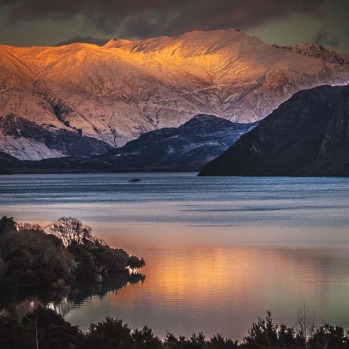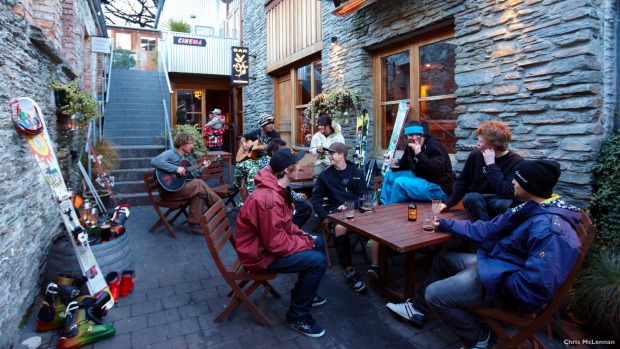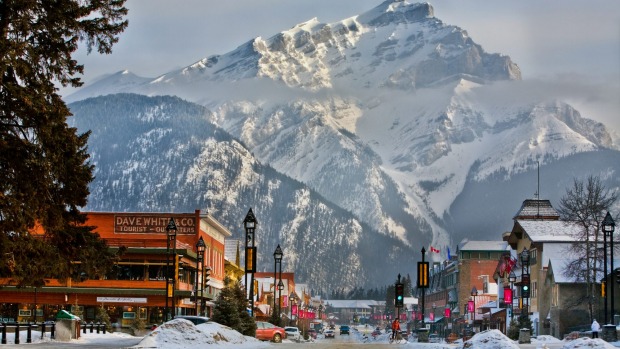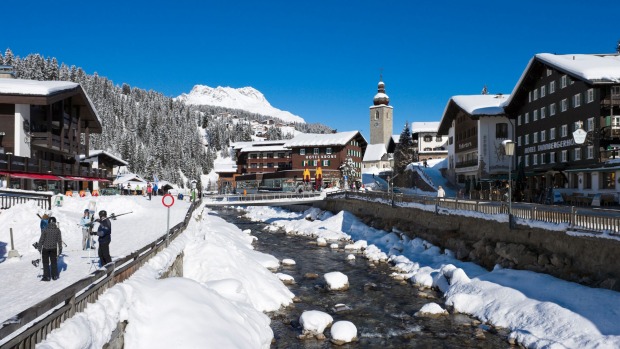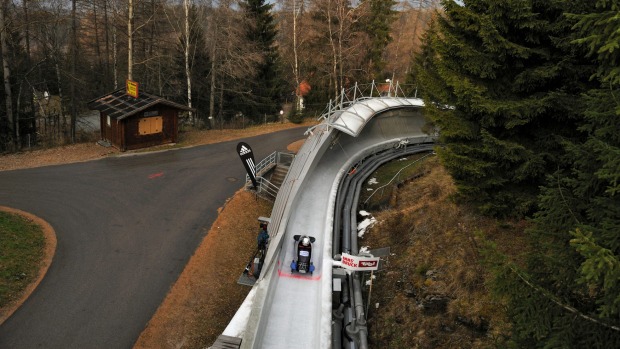
It's tempting to compare sliding in a bobsleigh to riding a rollercoaster. There are many similarities – G-force turning insides out, the raw animalistic fear they inspire – but other than in rare and horrific accidents, rollercoasters don't tend to crash.
Bobsleighs do crash. They crash quite frequently. You know, you've seen Cool Runnings. While it's extraordinary in the context of that story – a team of Jamaican sprinters competing in their first Winter Olympics – the crash depicted in the film is a fairly standard one. And after flipping, the team follow protocol perfectly. They stay in the runaway sleigh, put their heads on the ice to minimise the chance of breaking their necks, and they endure a few seconds of hell until it's safe enough to exit. In real world bobsleigh, crashes like that happen all the time.
A brief scout around YouTube will confirm this, but standing at the side of the Igls bobsleigh track on the outskirts of Innsbruck, Austria, I don't need online verification. Violent empirical experience is telling me everything I need to know.
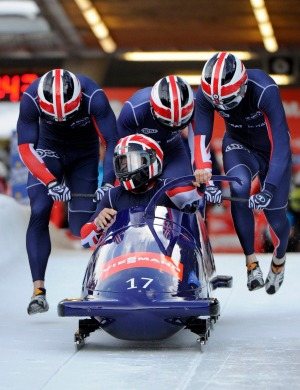
In the 40 years since the track was built for the 1976 Winter Olympics, it has hosted countless slides. Today the competition is the British inter-service championships in which various members of the army, air force and navy compete against each other in skeleton, luge and bobsleigh. You don't need to have studied psychology to draw a link between dangerous lifestyles and the likelihood of enjoying this kind of thing.
Every few minutes a team of hulking, barking men headbutt one another, then charge their sleighs as though they're jumping onto carts careering through the Temple Of Doom. Once in a while a cold-sounding Austrian voice comes over the PA system to announce a crash.
They all walk away from each incident, but it's still enough to make me extremely nervous ahead of a so-called taxi run. While the athletes have running starts with just a few short metres to build as much momentum is possible before all jumping in, I have the much easier job of just sitting, being gently pushed off, and surviving.
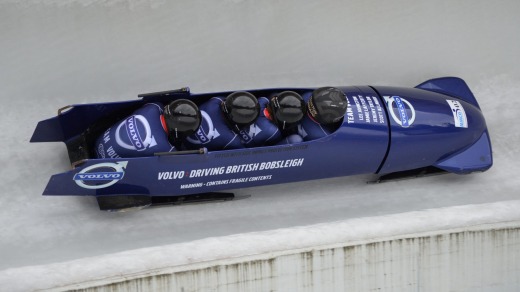
Igls isn't the only place this kind of masochism is possible – a few mountains away in Switzerland, taxi runs also take place in St Moritz, the world's first bobsleigh run and the only one remaining made without artificial cooling. It was there the sport was haphazardly invented over 140 years ago, coincidentally by drunk Brits who had procured an old mail-delivery sleigh and were looking for a quick way down the mountain to their cabins in Celerina.
The intervening years have seen literally hundreds of crashes and several fatalities. The good news is my chances of being maimed are comparatively low. First, Igls is regarded by the pros as the gentlest track in the world. There have been precious few fatalities here and none in the past 30 years. Second, the driver of my bob is Lee Johnson, a former Olympian, full-time psychopath and one of the most bombastically self-confident people I have ever met.
In his long career – he's now coaches up-and-coming British talent – he only had three crashes, all on the notorious Lake Placid track, New York. He sincerely believes he could drive Igls blindfolded. As I nervously lower myself into the aerodynamic coffin with another passenger, Johnson's safety briefing is a combination of boasts, goofs and statements like: "You've all got insurance, yeah? Only kidding, it wouldn't cover this anyway."
Scott, the brakeman at the back of the bob was also professional, but his job is comparatively simple. While the driver must work to keep the sleigh upright the whole way down, the brakeman must only do his job once, driving two iron spikes into the ice the moment he hurtles past the finishing line.
Another difference between rollercoasters and bobsleighs: nothing, other than gravity and your driver's skill, will keep you inside. There are no mechanical fail-safes. There are no harnesses. The seats are not padded. There is no legroom. In fact, no aspect of the bobsleigh is designed for comfort. Speed and momentum are all that matter.
As we're gently pushed off, Johnson squealing as though he doesn't know what he's doing, my first thoughts are of how slow it is. Boring, almost. The journey to the first bend feels comically sedate.
But then we take a sharp right-hand turn and it's as though a poltergeist has given us an almighty shove. The speed increases again at the second bend and soon mammalian alarm bells are screaming in my ears. The plane is going down and I have no control.
Professional teams memorise the bends in order to have their heads down but perfectly in sync, reducing drag. We were told to keep our heads up, but I'm not sure I want to and by the signature kriesel turn, a 270-degree loop actually designed to reduce speed, I have little option as the G force folds me in half. Ahead I think I hear Johnson laughing.
Seconds after that, we blast into a kind of chicane, left-right-left, speeding us up again, slamming my helmet off the sides of the bob. Then there's a rush, the cry of "brake!" and a roaring sound as Scott jumps into action.
It's quite hard to stand up when we come to a halt and Johnson has gone back up for another run before I've even had a chance to shake his hand. Worst of all my words seem to have left me, meaning I can't plead with anyone to let go again.
www.olympiaworld.at
The Igls track is just outside of Innsbruck and taxis are readily available. From Melbourne and Sydney, Lufthansa, Qantas and Qatar Airways all offer routes with two connections, either via Frankfurt or Vienna. See www.lufthansa.com, www.qantas.com or www.qatarairways.com.
A ride in a bobsleigh is $45 a person. Up to five guests can join a professional driver who, in modified sleds, can also perform the braking duties. The faster option, in an Olympic-style bob with a professional brakeman, is $145 a person. The Igls track has guest bobsleigh dates from December to March.
